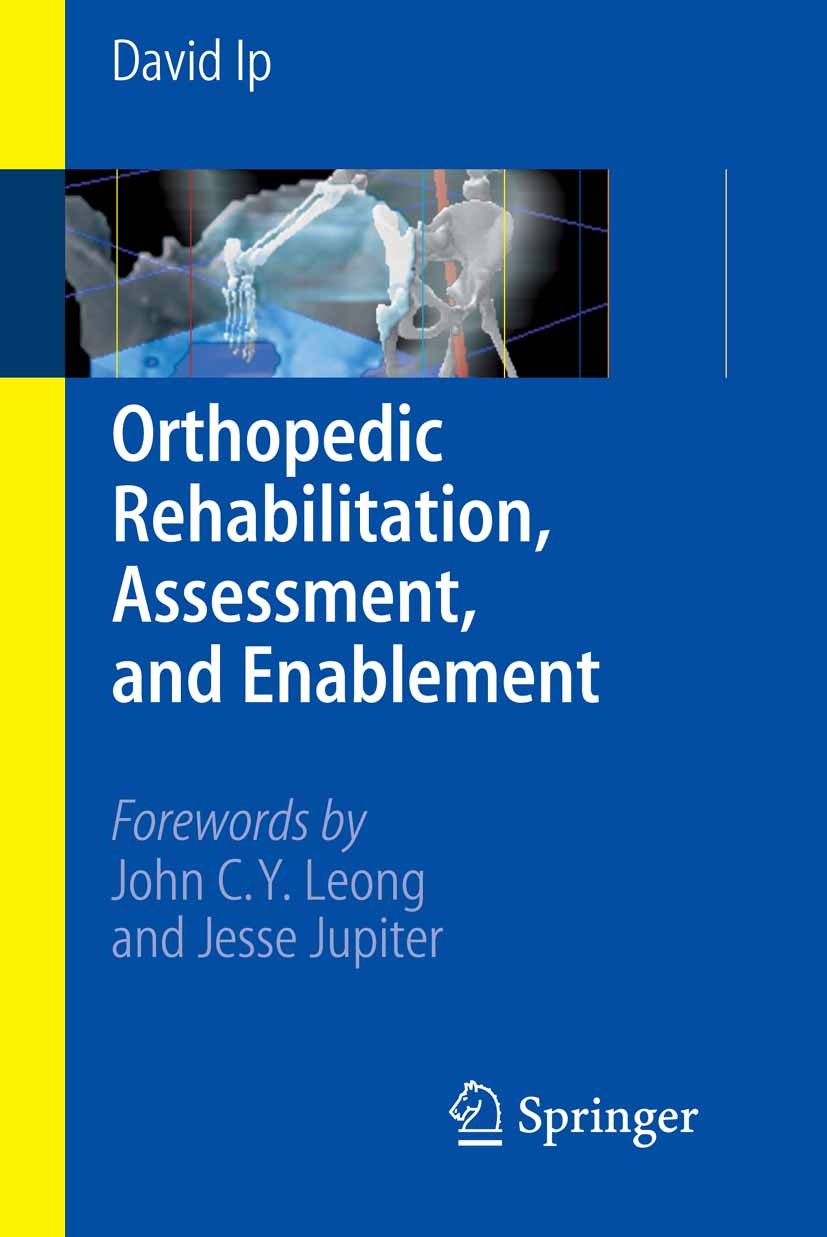Long-term respiratory diseases, including bronchial asthma and long-lasting obstructive lung disorder (COPD), impact millions of patients across the globe. These disorders can make it difficult for individuals to inhale properly, leading to a decrease in exercise and total quality of life. However, research has shown that engaging in regular physical activity can significantly alleviate effects of these diseases. Exercise helps fortify the breathing muscles, optimize lung function, and increase overall stamina. By incorporating movement into their regular habits, patients with persistent pulmonary diseases can enjoy better health and enhanced well-being.

One way that exercise supports those with persistent breathing diseases is by improving pulmonary function. When patients exercise, their lungs work harder to provide Oâ‚‚ to the body. This can lead to greater respiratory capacity and efficiency over time. Forms of physical activity such as brisk walking, swimming, or cycling can be highly advantageous. They help patients to gradually improve their stamina without overwhelming their physiologies. As a outcome, people may discover they can complete daily activities with less effort and encounter fewer occurrences of breathlessness.
Moreover|Additionally|Furthermore, movement can have beneficial effects on psychological well-being as well. Long-term respiratory disorders often are associated with experiences of anxiety and low mood discover here due to ongoing conditions. Regular movement encourages the release of neurochemicals, which are substances in the brain that support enhance emotional state and decrease tension. Joining classes or courses can also provide peer interaction and reduce experiences of isolation. This sense of community can inspire patients to stay active while also improving their psychological wellness.
In addition to physical and mental health advantages, exercise can lead to enhanced management of effects associated with long-term respiratory disorders. For instance|For example|Specifically, individuals who engage in regular movement may have reduced flare-ups and reduced magnitude of symptoms like persistent cough and respiratory wheeze. It is essential for those with these disorders to consult medical providers before beginning an exercise program. A physician or physical therapist can assist them in identifying appropriate exercises you can look here that meet their specific requirements and constraints.
Finally|In conclusion|Ultimately, including physical activity into everyday routines does not have to be complicated or complicated. Simple adjustments, such as opting for stairs instead of the elevator, taking a walk during break times, or joining yoga sessions, can have a meaningful impact over time. Setting practical goals and progressively raising physical activity can help patients to maintain commitment and attain long-lasting results. With commitment and the adequate support, individuals with long-term pulmonary disorders can harness the power of physical activity to enhance their effects and enhance their well-being.